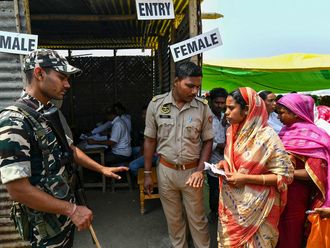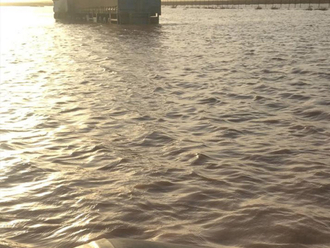Kolkata: Ropeways, mostly seen in hill stations in India, will now help commuters beat the congested roads in Kolkata.
A company based in the city is set to introduce the world’s first non-linear aerial ropeway, for second tier urban commutation in two sectors in Kolkata. The firm is working together with the state government.
The city is home to trams, a pollution-free mode of transportation system, but the growing metropolis has been seeking a traffic free system for long and the authorities feel rope-way is the answer to smoother communications within key points of the city.
“We will be the first in the world to introduce this non-linear aerial ropeway system,” Conveyor and Ropeway Services Private Limited (CRSPL) Managing Director Shekhar Chakravarty said.
The two sectors that have been identified are Sealdah station to BBD Bagh (commercial district of the city) area and from Howrah station to the new state secretariat at Nabanna.
“We have carried out a detailed survey on certain congested major arterial roads like Sealdah, College Street and Park Street and have submitted a complete plan to the state government,” company Director Rachana Mukherjee said.
The state Urban Development Department along with Kolkata Metropolitan Development Authority is working on a master plan to detail out the various requirements for the transport system.
A test run of the prototype has been conducted on a 500 metres stretch at eastern parts of the city and is in the process of applying for certification to open the prototype to the public.
“It is certainly an innovative idea and can help decongest the roads especially in peak office hours. The two points that have been selected are crucial since people who work in Kolkata but stay outside the city congregate in these two railway stations,” said Firad Hakim, state Urban Development Minister.
The system is said to require nominal ground space for stations and rope-supporting portal frames. It will not affect the road space and the traffic or pedestrian flow below and will travel at an average hourly speed of around 12.5km despite route alignment. The carrying capacity of the ropeway would be 2,000-2,500 passengers per hour in each direction on a single track.
Mukherjee said Bangladesh has shown interest in the concept for use in its capital, Dhaka and his company will set up similar facilities for the tourist in desert state of Rajasthan.












